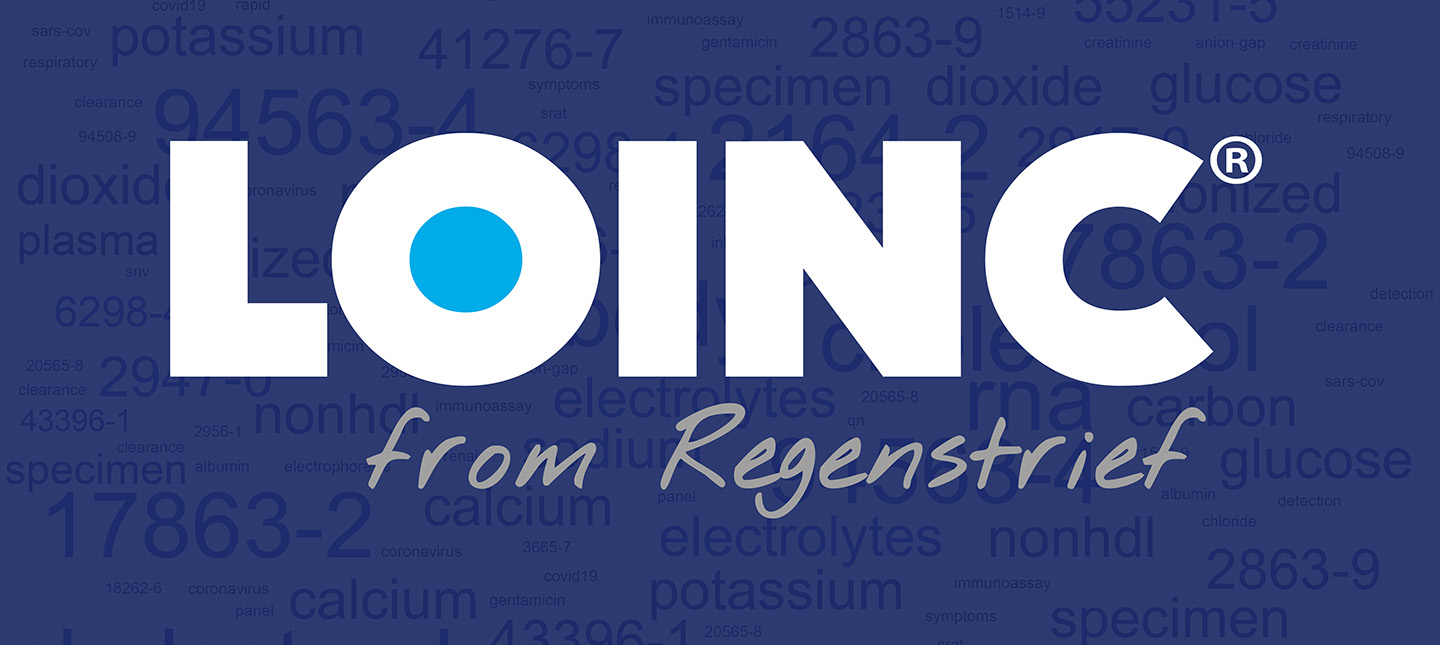Transcript:
In a busy cancer practice, it takes a lot of time and attention to give the cancer-specific treatments — chemotherapy, radiation and so forth — and the symptoms that are specifically related to them. In terms of other symptoms like depression, anxiety, pain, so forth, there is just often not sufficient time to do it in an office visit, which is why these kinds of treatments like telephone-based symptom management can assist the busy clinician.
Transcript:
These specific six symptoms, sleep, pain physical function, anxiety, depression, low energy are among the more common symptoms in cancer patients and often get undertreated. We wanted to find out a way of better treating these symptoms in cancer patients. We have a longstanding interest in better care of symptoms. This was a cancer population. Of course these symptoms occur across many kinds of health conditions. But this was cancer. And we did some earlier work on this cluster of symptoms. At one time, we had five symptoms, the SPADE, sleep, pain, anxiety, depression, low energy or fatigue. In this particular study, we added a sixth symptom, physical functioning. So this was a study using a two-stepped approach with self-management and then a nurse care manager involved to get better outcomes on these symptoms in cancer patients.
Transcript:
We set out to measure how frequent six very common symptoms are, sleep, pain, physical impairment, anxiety, depression and fatigue in a large number of cancer patients to determine how frequent they were and how severe they were. We actually used a single question for each of the six symptoms. So it was a six-item screener. So the screening is short. These were zero to 10 point scales. And we generally found that if you had a really high level, like seven or higher, you certainly should offer the patient treatment. And five or higher would be sort of a red flag. So really with very simple single item measures, you can identify whether a patient has a significant burden of these symptoms or not.









